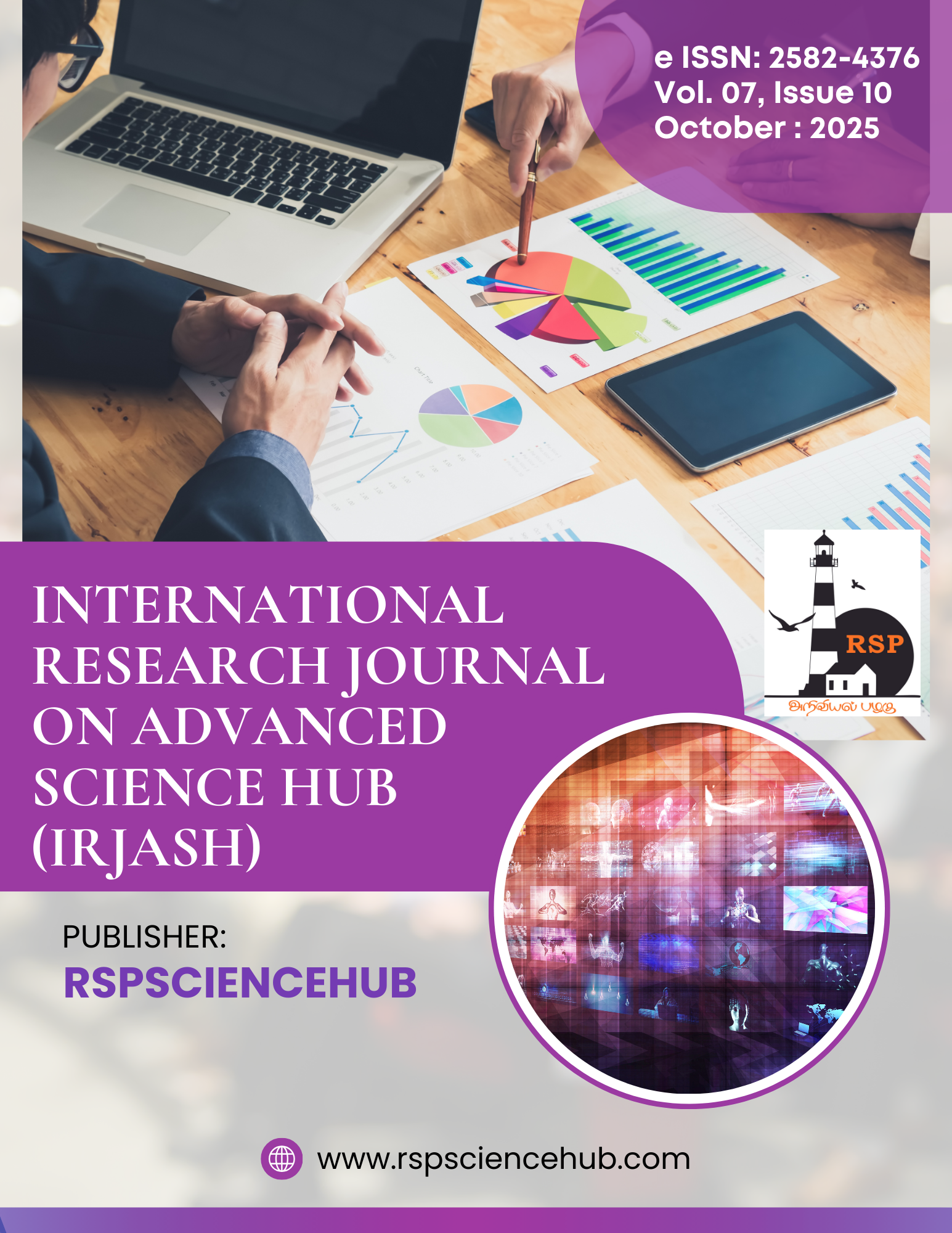Integrated AI Model for Traffic Density Management and Emergency Vehicle Prioritization
DOI:
https://doi.org/10.47392/IRJASH.2025.101Keywords:
Smart Traffic Management, YOLOv8, Emergency Vehicle Detection, Traffic Density Estimation, RFID, Siren Recognition, Intelligent Transportation System (ITS), Raspberry PiAbstract
This paper is concerned with a Smart Traffic Management System based on AI that operates traffic lights dynamically via real-time multi-modal data. The system combines computer vision, audio recognition, and RFID detection to give precedence to traffic movement, particularly for emergency responders. Camera inputs are analyzed with the YOLO object detection model to estimate traffic density in multiple lanes, while an audio classifier processes siren audio features using Fast Fourier Transform (FFT) features. Furthermore, RFID tags on emergency vehicles allow correct detection even in adverse conditions. A decision module implements hierarchical priority rules, in which the passage of emergency vehicles is given priority over calendar-based event handling, lane congestion control, and regular signal cycling. The ultimate decision is implemented by a Raspberry Pi-based signal controller, which controls traffic lights using GPIO or relay connections. The system also updates a dashboard interface to offer real-time monitoring for authorities. The invention greatly decreases traffic jams, provides quicker response in emergencies, and dynamically adjusts to urban traffic patterns by integrating several sensing modalities with smart decision -making. The inventive concept of the invention is in its combination of image, audio, and RFID data for real-time prioritization and rule-based decision hierarchy that makes it a more robust and adaptive traffic management solution than traditional timer-based systems.
Downloads
Published
Issue
Section
License

This work is licensed under a Creative Commons Attribution-NonCommercial 4.0 International License.





